Product pictures
| Amount Per 2 tbsp, 35 g | |||
| Calories | 50 Kcal (209 kJ) | ||
| Calories from fat | 0 Kcal | ||
| % Daily Value* | |||
| Total Fat | 0g | 0% | |
|---|---|---|---|
| Sodium | 350mg | 15% | |
| Total Carbs | 11g | 4% | |
| Sugars | 7g | 28% | |
* Percent Daily Values are based on a 2000 calorie diet. Your daily values may be higher or lower depending on your calorie needs.
Find out how many calories should you eat.
Ingredients And Nutrition Overview
Best
choice Good
choice Poor
choice Avoid
it!
choice Good
choice Poor
choice Avoid
it!
-
WeightWatchers Points: 1, PointsPlus: 1, SmartPoints: 2
WeightWatchers Points are estimated by carbohydrates, fats, protein and fiber in product. They are not an affirmation of better quality or nutritional value of the product or its manufacturer. Only way to count for dieters. Less points are better.
Read more at Weight watchers diet review -
Salty! Has over 15% of the daily sodium max
The average American consumes 5,000 mg of sodium daily — twice the recommended amount amount of 2400mg for healthy adults, this is 1 teaspoon of salt.
For medical reasons many people should not exceed 1500mg of sodium.
Surprisingly, you're responsible for only 15% of the sodium in your diet the bigger part - 75% of the sodium that you consume each day comes from processed foods, not home cooking or the salt shaker.
Excess sodium intake increases the risk of high blood pressure, hypernatremia, hypertension, cardiovascular disease and other heart problems.
Are these reasons enough to cut the sodium intake? No doubt! -
Convert Salt tsps to Sodium mg easily
Salt (NaCl) is not excactly sodium (Na).
It is not right to use these terms as synonyms.
The FDA recommended limit of sodium is 2,300 mg per day (or even less - about 1500 mg while one is on low sodium diets).
This is much less than the weight of salt.
(5,750 mg per day or 3,750 mg for low sodium diet) and not so convenient to calculate.
Know how much sodium is in your salt - without a calculator:
1/4 tsp salt = 600 mg sodium
1/2 tsp salt = 1200 mg sodium
3/4 tsp salt = 1800 mg sodium
1 tsp salt = 2300 mg sodium -
3 tsp of sugars per serving
This volume includes both naturally occurring from ingredients and specially added sugars.
USDA tells us that last years each American consumed an average 130 pounds of caloric sweeteners per year!
That works out to 30 tsp of sugars per day approximately 480 extra calories!
Just to think: Eating just 200 more calories daily than your body requires for body functioning and exercise leads to a 20-pound weight gain in a year. -
Has EDTA, on FDA's toxicity watchlist
Ethylenediaminetetraacetic acid (EDTA) is a chemical added to certain foods and beverages to keep their color and flavor.
EDTA is known as a persistent organic pollutant. It resists degradation from biological, chemical, and photolytic processes.
It may irritate the skin or cause skin rash and even asthma.
It is is generally recognized as safe by FDA, but is on it's list of food additives to be studied for toxicity. -
Contains phosphoric acid
Phosphoric acid is used as an additive to acidify foods and beverages such as various colas and jams.
It provides them a tangy or sour taste and then, to mask and balance the acidity they add a huge amounts of sweeteners.
Remember! It’s a corrosive acid and can form toxic fumes when it comes into contact with alcohols, ketones and other organic compounds.
Phosphoric acid has been linked to lower bone density, dental erosion, risk of developing kidney disease.
BTW: The clear sodas that contained citric acid didn’t have the same risk.
Sources:
American Journal of Clinical Nutrition: Colas, But Not Other Carbonated Beverages, Are Associated With Low Bone Mineral Density in Older Women: The Framingham Osteoporosis Study
American Journal of Clinical Nutrition: Carbonated Beverages and Urinary Calcium Excretion
Epidemiology: Carbonated Beverages and Chronic Kidney Disease
General Dentistry: Commercial Soft Drinks: pH and in Vitro Dissolution Of Enamel
Archives of Pediatric and Adolescent Medicine: Teenaged Girls, Carbonated Beverage Consumption, and Bone Fractures
Phosphoric acid has been linked to lower bone density in some epidemiological studies, including a discussion in the American Journal of Clinical Nutrition.
Allergens
Corn Allergy, Soy Allergy
Dressing fat free, catalina Ingredients
Tomato Puree (Water, Tomato Paste), High Fructose Corn Syrup, Vinegar, Corn Syrup, Water, Salt, Contains Less than 2% of Modified Food Starch, Soybean Oil (Trivial Source of Fat and Cholesterol), with Potassium Sorbate and Calcium Disodium EDTA as Preservatives, Dried Onions, Phosphoric Acid, Dried Garlic, Guar Gum, Xanthan Gum, Yellow 6, Vitamin E Acetate, Red 40, Blue 1.
You Might Also Like
% RDI of Main Nutrition Facts
3%
of RDI* (50 calories) 35 g
-
Cal: 2.5 %
-
Fat: 0 %
-
Carb: 3.7 %
-
Prot: 0 %
-
0%25%75%RDI norm*
Calories Breakdown
- Carbs (100%)
Get Your Recipe of Health!
Follow RecipeOfHealth on Facebook!

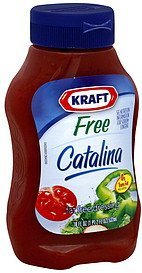
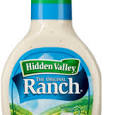
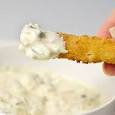
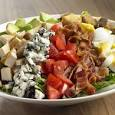
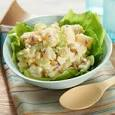
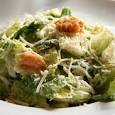
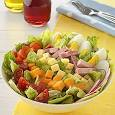
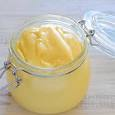
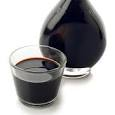
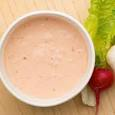
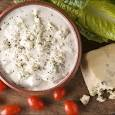
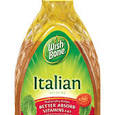
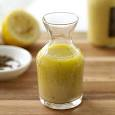
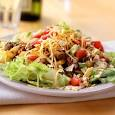
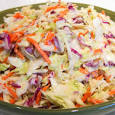
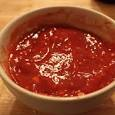
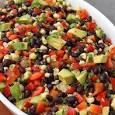
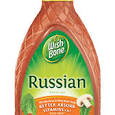
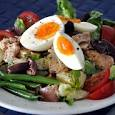
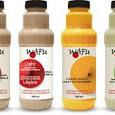











Add your comment